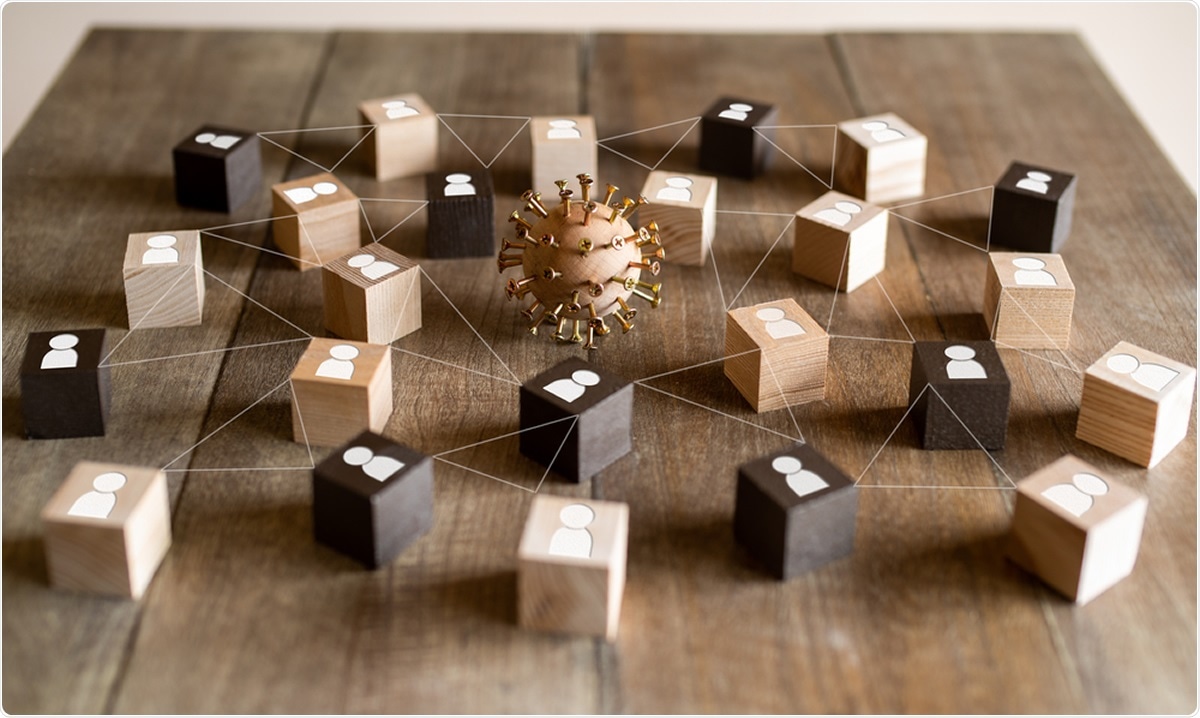Since the coronavirus disease (COVID-19) pandemic, caused by the severe acute respiratory syndrome coronavirus 2 (SARS-CoV-2), emerged in December 2019 in Wuhan City, China, scientists are steadily investigating unique and novel ways to control the spread of the virus without imposing intensive social restrictions.
Researchers at the Center for the Ecology of Infectious Diseases and the College of Public Health at the University of Georgia revealed alternative ways to control the pandemic spread without resorting to these measures.
The team introduced a conceptual framework by two mathematical models, which differ in strategy. They found both methods to be effective in controlling the viral spread. However, these alternative ways may require extensive testing and work within a relatively narrow range of conditions.
Infection control measures
When the pandemic hit in March, thousands of people have already been infected with SARS-CoV-2. The virus first emerged in Wuhan City, China, in December 2019. Since then, it has spread to 192 countries and regions and infected over 157 million people worldwide.
The initial efforts to stem transmission of SARS-CoV-2 relied on intensive social distancing measures, including school and workplace closures, restrictions on social gatherings, prohibition of crowded events, and shelter-in-place orders.
Other non-pharmaceutical measures imposed amid the pandemic include active case finding, contact tracing, quarantine, isolation, regular handwashing, universal making, and other personal protective measures.
Though these methods are effective, most closure and lockdown orders have heavily impacted economies.
Less extensive but effective ways
The study, published in the journal Proceedings of the Royal Society B, described alternative ways to social distancing measures that could help people adjust to the new normal without lockdowns. These include widespread testing, contact tracing, quarantines, certifications for non-infected people, and other health measures.
These alternatives can help slow the spread when combined and with the help of the government and the public.
In the new conceptual framework, the team distinguished between targeted and generalized non-pharmaceutical interventions (NPIs).
The targeted interventions are used to identify people in a population, depending on their infection or exposure status. This means that measures are used to identify people exposed to the virus through testing, isolation, contact tracing, quarantine, symptom monitoring, household quarantine, targeted protection for high-risk people, and travel restrictions.
Meanwhile, generalized interventions are environmental or behavioral interventions that are accepted and practiced broadly in a population. These include physical distancing, school and workplace closures, self-isolation, lockdown, protecting the elderly, and using masks.
Comparing interventions
The researchers worked to develop two models. One targeted how to find infected people to reduce transmission via active case finding, contact tracing, and quarantine for infected individuals and their traced contacts.
The following method focused on limiting exposure by providing certificates to healthy individuals. The team noted that when they assessed the efficacy of using only social distancing measures, including school and workplace closures. They found that after the first pandemic wave, about half of the population became infected.
However, when the team combined two strategies – social distancing with general interventions, the viral transmission was slowed though not enough to defeat the virus ultimately.
The first strategy included contact tracing and quarantine measures to decrease viral transmission. The team revealed that generalized interventions would reduce cumulative cases, but they are much more effective if social distancing will be sustained over a long period.
The approach is also much more effective when generalized interventions are imposed. Also, when the team tested the model that actively looked for infection, they revealed that active case-finding had to detect 95 percent of infected people to stop the transmission of SARS-CoV-2. When combined with non-pharmaceutical interventions, like wearing face masks, the active cases that needed to be located were reduced to 80 percent.
The team also emphasized the importance of contact tracing and quarantine to find active cases.
The second strategy of providing certification to healthy individuals can effectively reduce outbreak sizes in two scenarios. Without generalized interventions, the duration of waiting for a test should be less than a week to attain suppression.
The certification is more effective at suppressing the outbreak if generalized interventions are also implemented. The outbreak size can be reduced to 10-fold with test validity durations and waiting times less than a month.
“These findings suggest that, regardless of whether Strategy 1 approaches or Strategy 2 approaches are adopted, a large testing capacity is required,” the researchers concluded in the study.
“Furthermore, success depends on the effectiveness of generalized interventions because, in the realistic scenarios that we consider, these will be essential to achieve suppression,” they added.









 Add Category
Add Category


